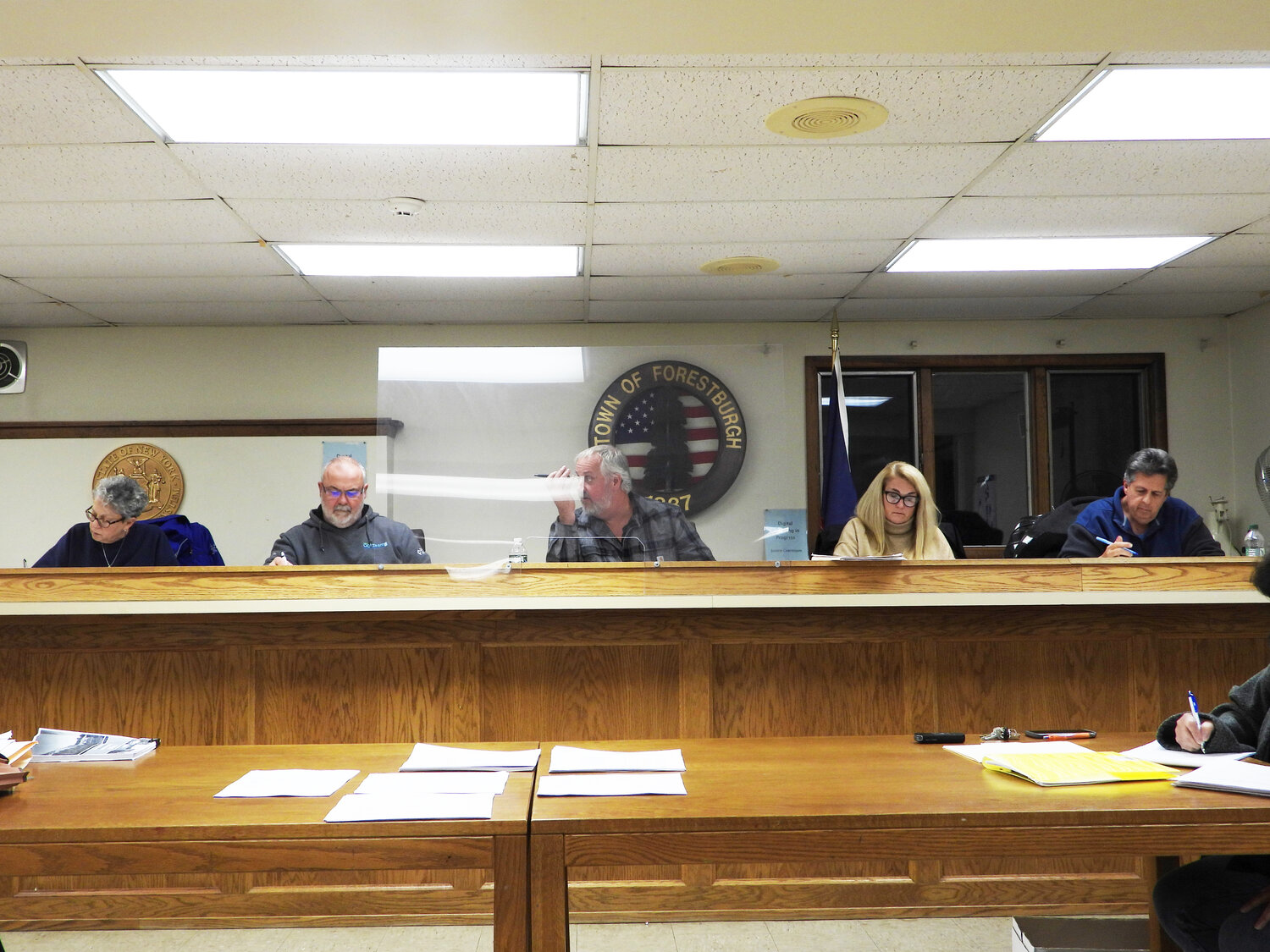Introduction
The “Forestburgh Local Law of 2017” represents a significant piece of legislation enacted by the Town of Forestburgh, New York, to address a variety of local concerns, including environmental protection, land use, and community development. Situated in Sullivan County, Forestburgh is known for its scenic landscapes, small-town charm, and growing residential and recreational development. This law was designed to balance the town’s natural beauty and environmental integrity with the demands of modern development.
This article will delve into the specifics of the Forestburgh Local Law of 2017, its purpose, key provisions, and its impact on the community.
1. Background and Purpose of the Local Law
In recent years leading up to 2017, Forestburgh had experienced increasing pressure from development interests, particularly in areas like homebuilding, resort development, and other commercial activities. Recognizing the potential negative effects on its forests, waterways, and wildlife, the town board sought to develop regulations that would ensure responsible land use while still allowing for economic growth.
The primary objective of the Forestburgh Local Law of 2017 was to preserve the town’s rural character, protect environmentally sensitive areas, and manage development in a way that would not overburden local infrastructure. Another key goal was to establish rules for sustainable development that could accommodate population growth without sacrificing the quality of life for Forestburgh residents.
2. Key Provisions of the Forestburgh Local Law of 2017
The Forestburgh Local Law of 2017 covered a wide range of topics, including zoning regulations, environmental protection, and community development standards. Below are some of the most important provisions:
2.1 Zoning Changes and Land Use Regulation
One of the law’s cornerstone features was a comprehensive revision of the town’s zoning laws. The law imposed stricter regulations on new residential and commercial developments, especially in areas considered ecologically sensitive.
Specific zoning districts were adjusted to control urban sprawl and ensure that growth occurred in a concentrated and sustainable manner. For example, larger buffer zones between residential developments and sensitive areas like forests and wetlands were required. The town also restricted high-density housing in particular zones to minimize the strain on infrastructure and preserve the community’s aesthetic.
2.2 Environmental Protection Measures
The Local Law of 2017 placed a strong emphasis on protecting natural resources. This included more stringent requirements for stormwater management to prevent flooding and water contamination, which are common risks in growing towns. Property developers were required to submit detailed environmental impact statements (EIS) before undertaking any large-scale projects, ensuring that the potential effects on local ecosystems were fully understood.
Additionally, the law established conservation zones around critical wildlife habitats, preventing development in areas that serve as migration corridors or breeding grounds for threatened species. Forestburgh’s proximity to the Catskills and its own lush woodlands made this a particularly important provision.
2.3 Building Code and Architectural Standards
Another key component of the law was the introduction of more rigorous building codes. These codes addressed everything from energy efficiency to aesthetic standards. Homes and buildings had to meet updated energy requirements to reduce the town’s carbon footprint, a reflection of Forestburgh’s commitment to sustainability.
The law also mandated architectural consistency, ensuring that new developments blended harmoniously with the existing townscape. For instance, in areas of historical significance or aesthetic value, there were specific design requirements to prevent modern structures from clashing with the traditional look and feel of the town.
2.4 Regulation of Short-Term Rentals
Forestburgh, like many small towns, had seen a rise in short-term rental properties due to the increasing popularity of platforms like Airbnb. While short-term rentals provided an economic benefit to homeowners and local businesses, they also brought concerns related to noise, traffic, and the overall impact on the community’s character.
The Local Law of 2017 included provisions to regulate short-term rentals, setting limits on the number of days a property could be rented out annually and establishing rules to ensure that renters adhered to community standards. These regulations were intended to strike a balance between maintaining a peaceful residential atmosphere and allowing homeowners to benefit from tourism.
3. Community Engagement and Reaction
3.1 Public Involvement in the Drafting Process
The town board of Forestburgh took an inclusive approach to the development of the 2017 law. Multiple public hearings were held to gather input from residents, business owners, and environmental advocates. These hearings were an opportunity for the community to voice concerns and suggest changes to the initial drafts of the law.
As a result, the final version of the Forestburgh Local Law of 2017 incorporated many of the suggestions from these discussions, reflecting the town’s desire for transparency and collaboration. This also helped ensure that the law would be broadly accepted by the community, minimizing the likelihood of future disputes or legal challenges.
3.2 Mixed Reactions from Stakeholders
While many residents appreciated the law’s focus on environmental protection and maintaining the town’s character, there was some opposition, particularly from developers and property owners who felt the regulations were too restrictive. Some argued that the new zoning laws limited their ability to fully utilize their property or pursue profitable ventures.
In response, the town board worked to find compromises, such as offering tax incentives for environmentally friendly building practices or adjusting certain zoning restrictions to allow for responsible growth. Ultimately, while not all concerns were fully resolved, the law was passed with broad support from both the community and local officials.
4. Impact of the Law on Forestburgh
4.1 Environmental Preservation
The Forestburgh Local Law of 2017 has had a noticeable impact on the town’s environment. By limiting development in ecologically sensitive areas and enforcing stringent environmental regulations, the law helped protect local forests, streams, and wildlife habitats. The requirement for environmental impact statements also ensured that new developments were designed with minimal harm to the natural surroundings.
4.2 Sustainable Development
The town has also benefited from the law’s focus on sustainable development. New construction projects now prioritize energy efficiency, reducing the town’s overall energy consumption and environmental footprint. The architectural standards implemented by the law have helped preserve Forestburgh’s small-town charm, even as new homes and businesses have been built.
4.3 Local Economy
While the law imposed stricter regulations on development, it has not stifled Forestburgh’s economy. The town has continued to attract new residents, particularly those looking to escape more densely populated areas. Moreover, the regulations on short-term rentals have allowed the town to benefit from tourism without sacrificing its residential character.
5. Conclusion
The Forestburgh Local Law of 2017 stands as a crucial piece of legislation that has helped the town navigate the challenges of growth and development. By balancing environmental conservation with responsible land use, the law has ensured that Forestburgh can continue to thrive while maintaining the qualities that make it unique.
Though there were challenges in its implementation, particularly from developers and property owners, the law has generally succeeded in its goals. Today, Forestburgh remains a model of how small towns can embrace change without losing their identity or natural beauty.



